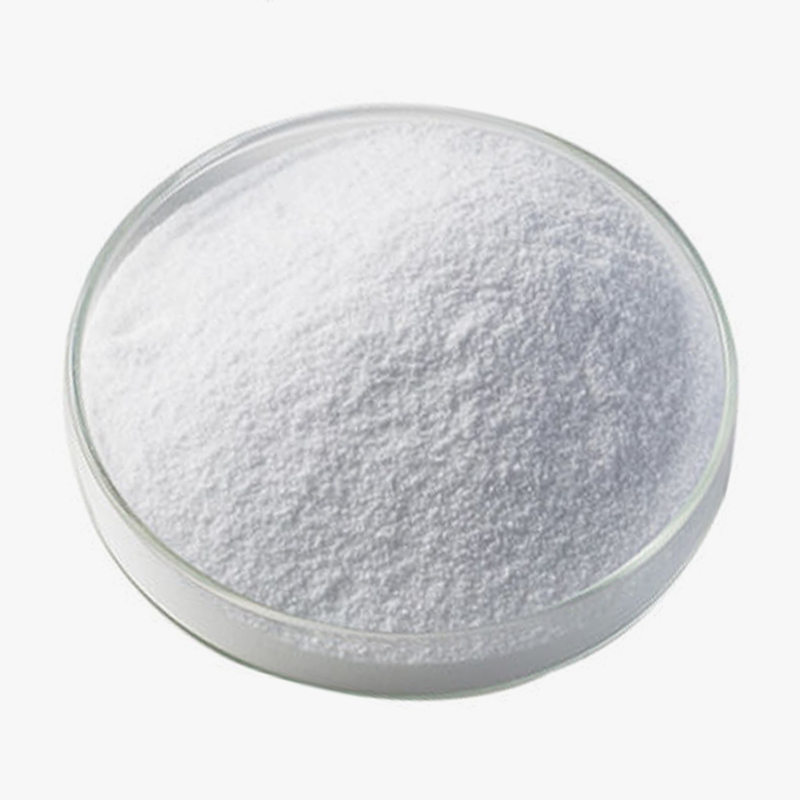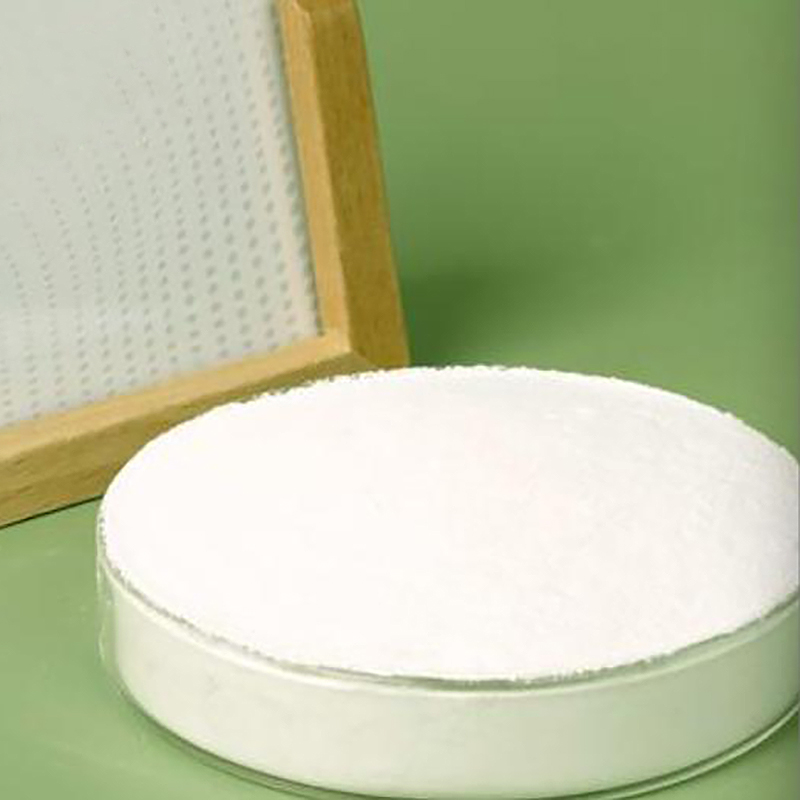HEC series waterborne coatings are a very common and important product category. Here, "HEC" usually refers to hydroxyethyl cellulose. It is not a complete coating itself, but rather a key additive or auxiliary agent in coatings.
1. Functions of HEC: Thickening and Rheology Control
The most basic and important function of HEC is thickening. However, it's not just about making the coating "thicker"; more importantly, it provides excellent rheological property control.
Thickening Effect
Improved Storage Stability: Increasing the viscosity of the coating prevents pigments and fillers (such as titanium dioxide, calcium carbonate, etc.) from settling and clumping (i.e., "settling" or "hardening") during storage. This ensures a uniform coating texture after opening and easy stirring.
Preventing Splashing: When applying by roller coating, appropriate viscosity effectively reduces paint splashing off the roller.
Rheological Control (This is the most crucial function of HEC)
High Shear, Low Viscosity: During application (e.g., brushing or rolling), the shear force applied by the brush or roller is very high, causing a temporary and significant decrease in the viscosity of the HEC solution. This makes the paint "thinner," easier to apply, less labor-intensive, and results in a smoother, thinner film.
Low Shear, High Viscosity: When application stops (shear force disappears), the paint viscosity recovers rapidly.
This brings two crucial benefits:
Anti-Sagging: When applied to vertical walls, the recovered viscosity firmly "holds" the wet paint film, preventing it from flowing downwards due to gravity, forming unsightly streaks or drips.
Anti-Water Separation: In a static state, the three-dimensional network structure formed by the high viscosity locks in moisture, preventing the paint from "separating" (i.e., the liquid separating from the system).
2. Other Important Functions of HEC
Besides its core functions of thickening and rheology control, HEC also possesses the following functions:
Water Retention: HEC molecular chains can lock in a large amount of water, delaying the penetration of water into porous substrates (such as putty walls and gypsum board) and its evaporation into the air.
Benefits:
Extended Open Time: Gives applicators more time to work on the paint film, avoiding brush marks or seams.
Promoted Film Formation: For latex paints, slow water evaporation facilitates better integration of emulsion particles, forming a dense, continuous paint film, improving the performance and appearance of the final film.
Aided Dispersion: In the paint production process, adding HEC can aid in the dispersion of pigments and fillers, ensuring a more uniform and stable distribution within the system.

 简体中文
简体中文 English
English русский
русский عربى
عربى Español
Español









